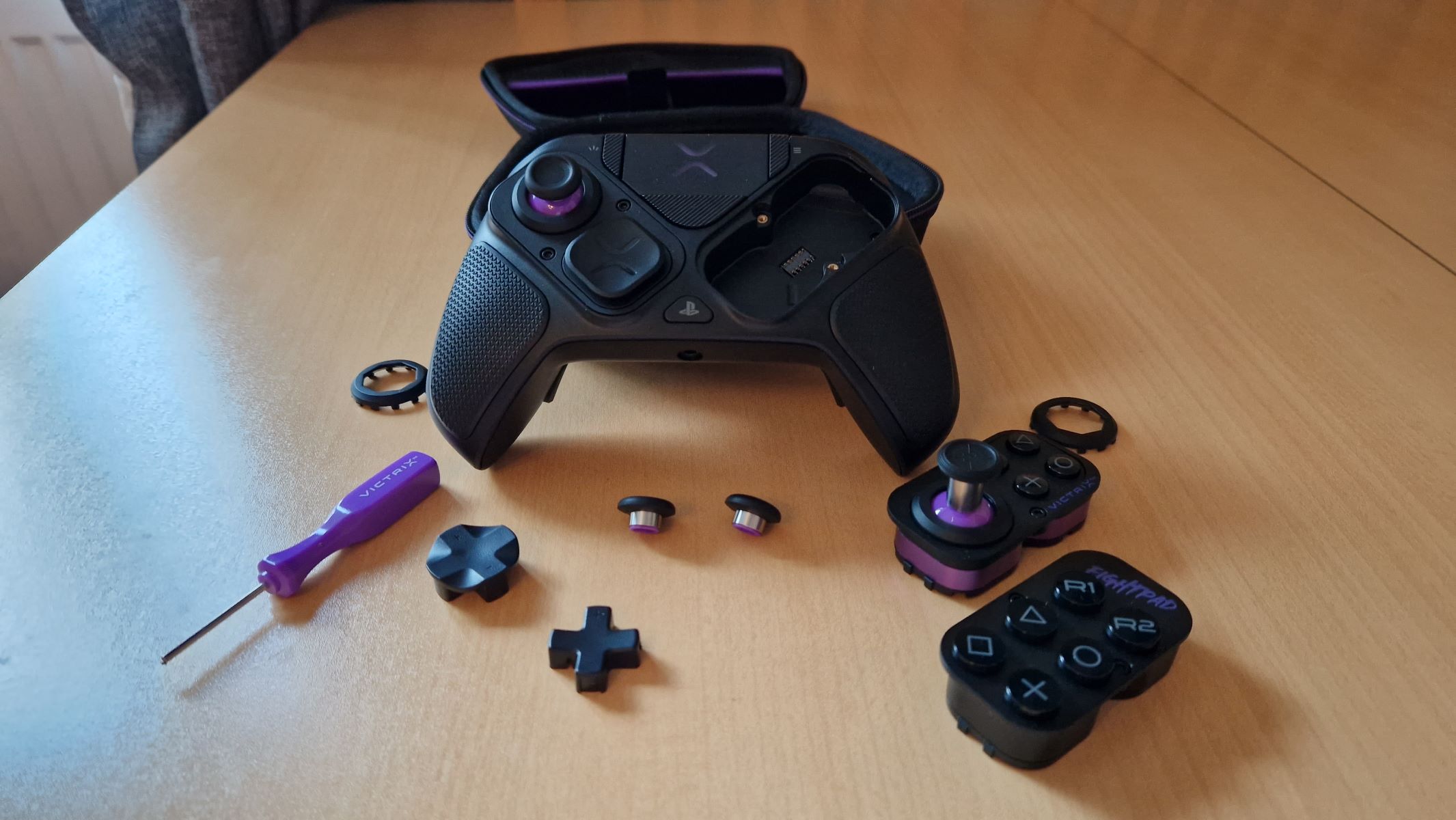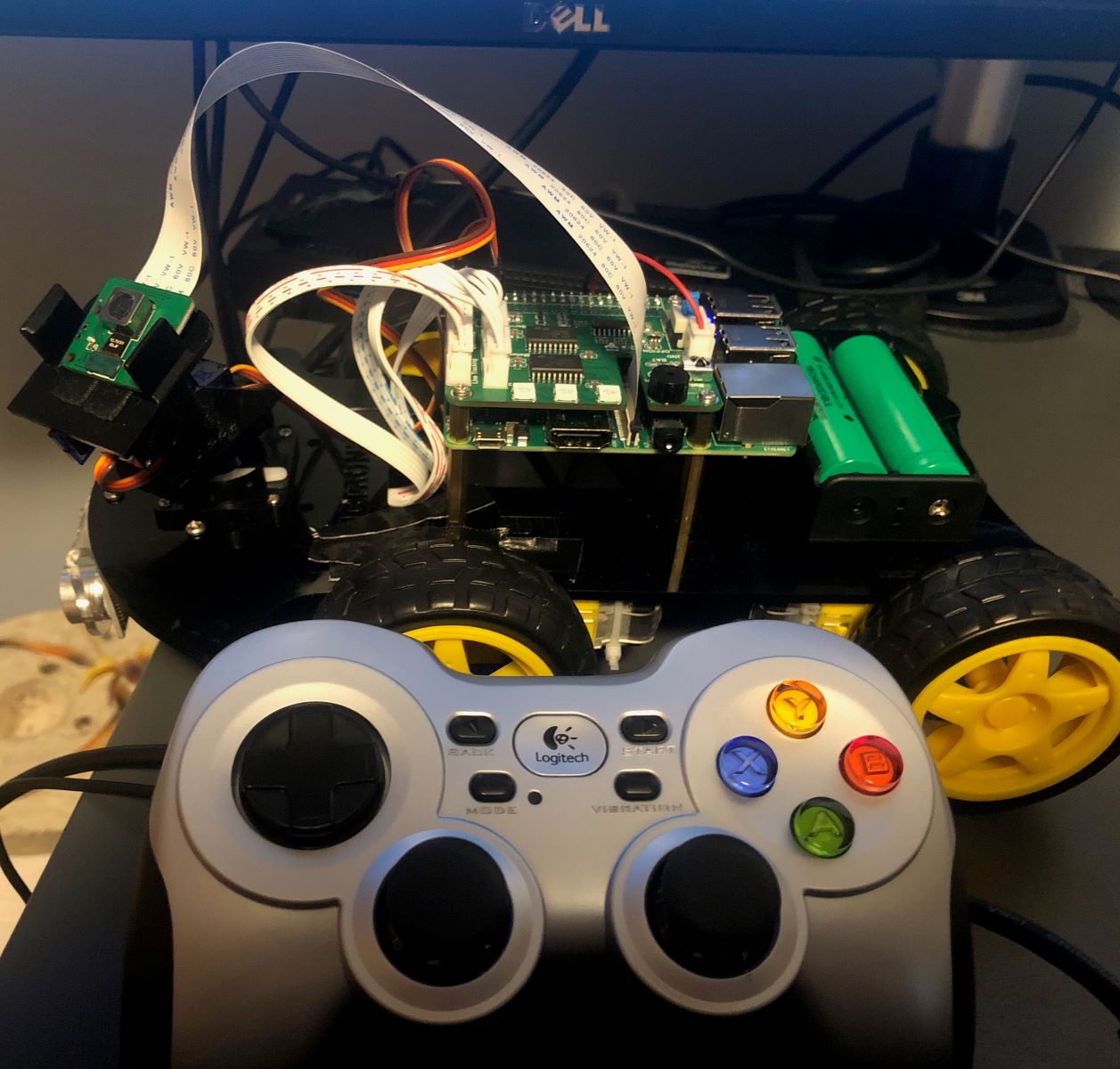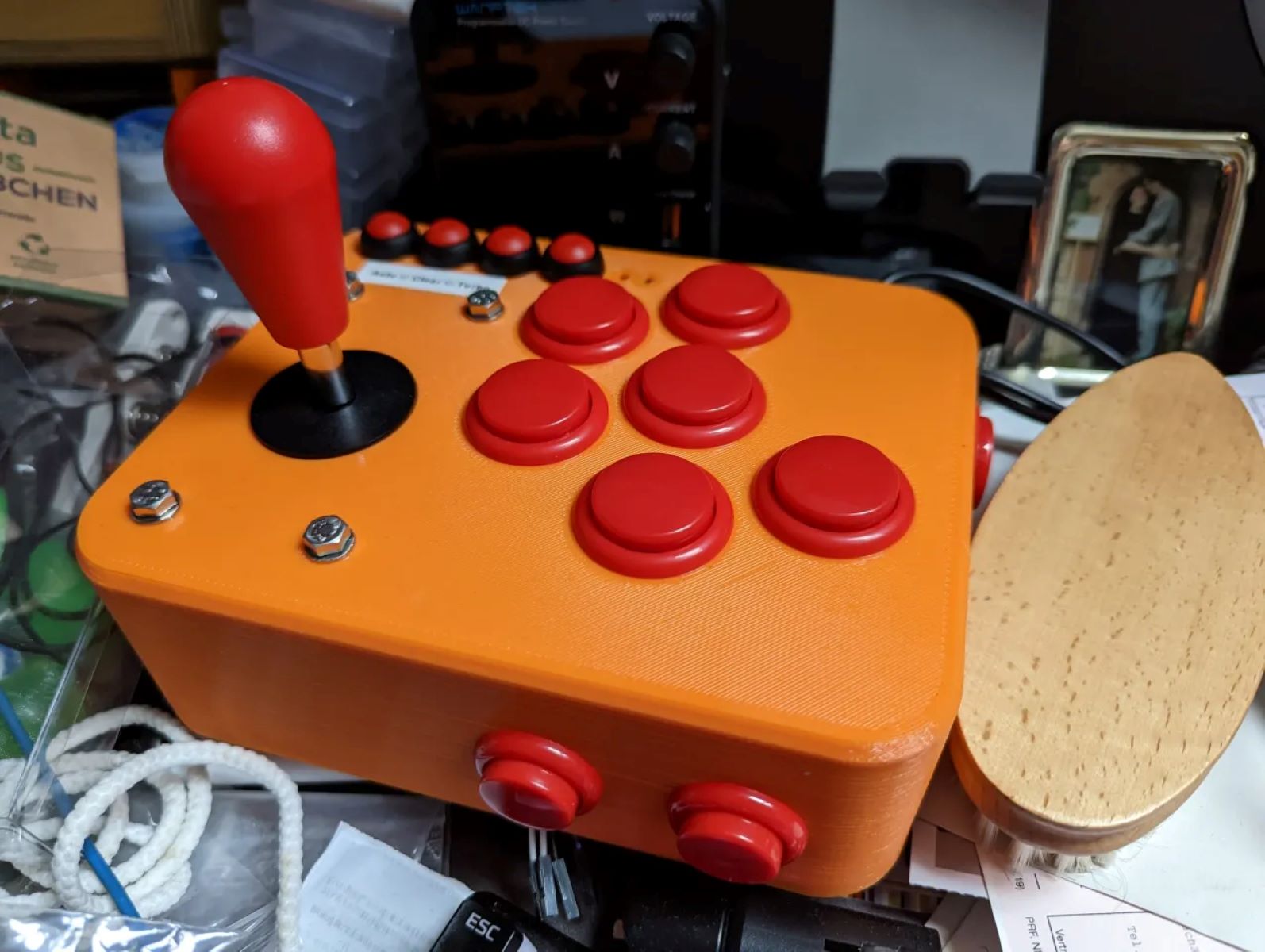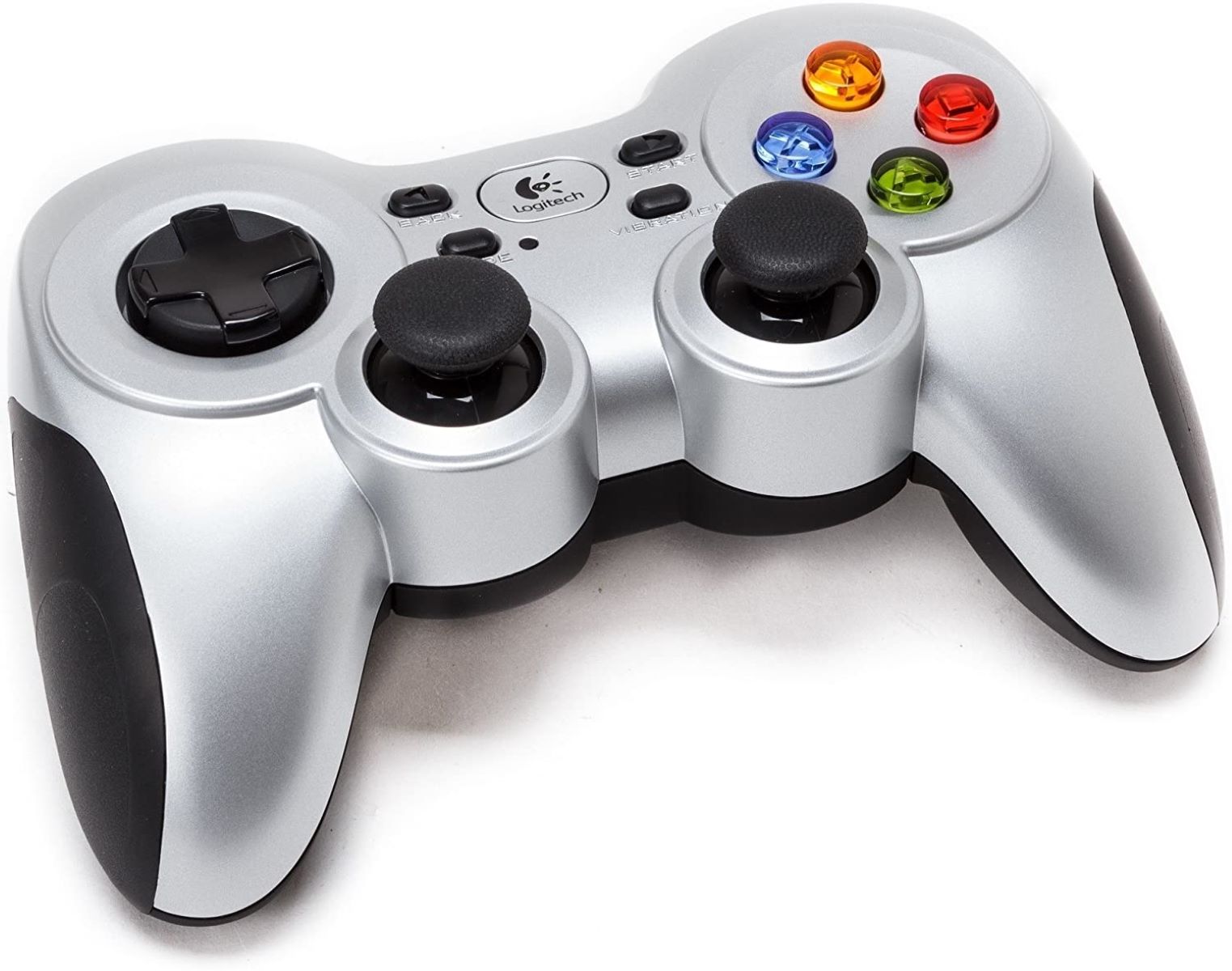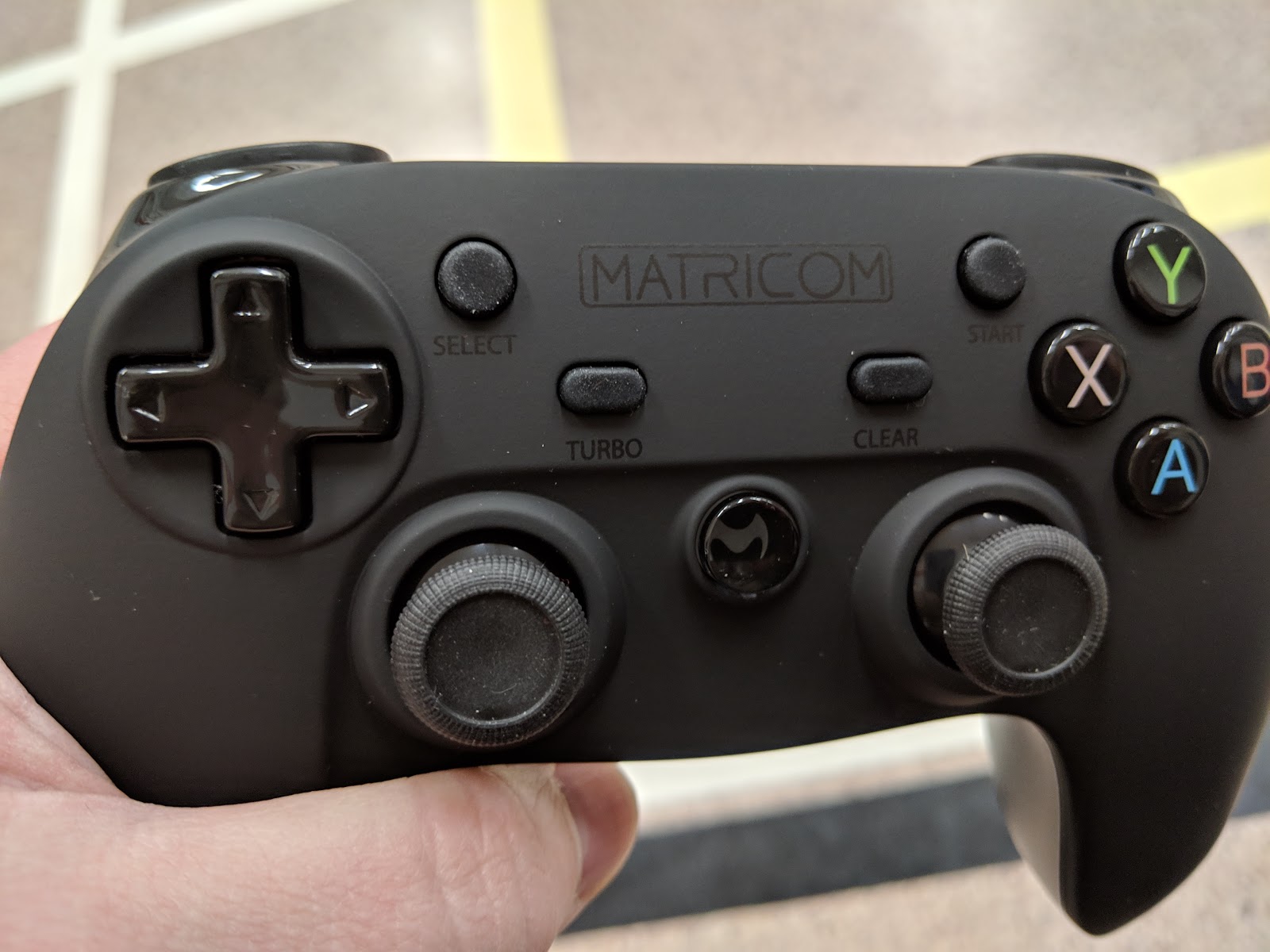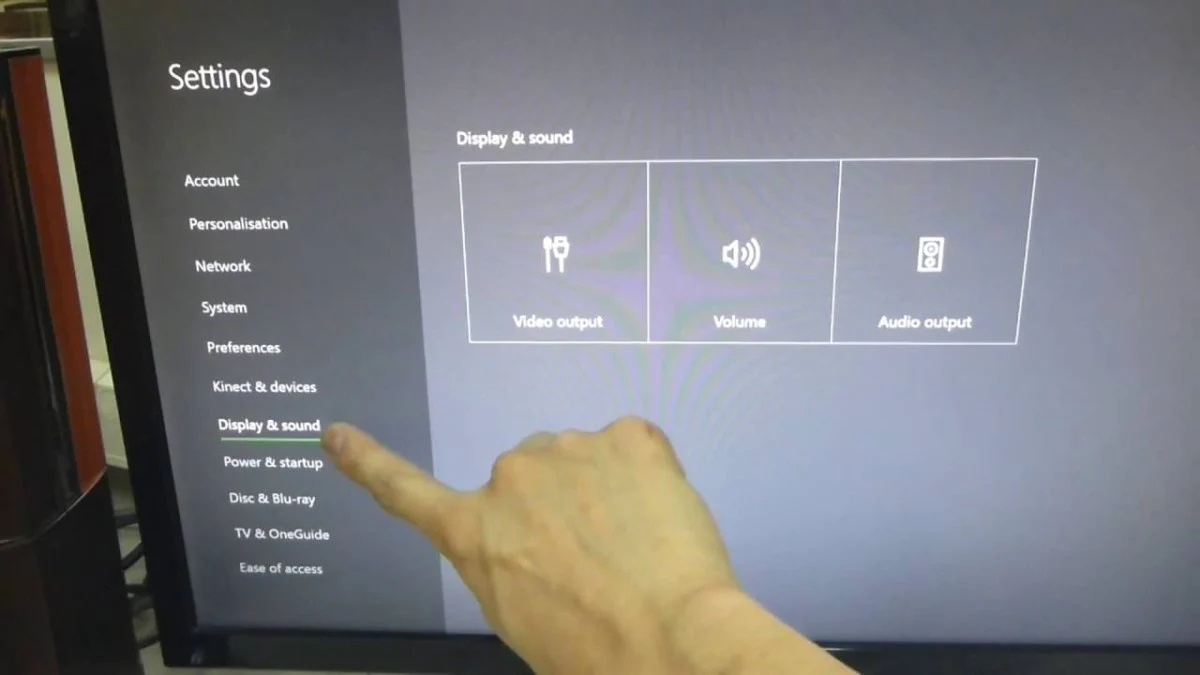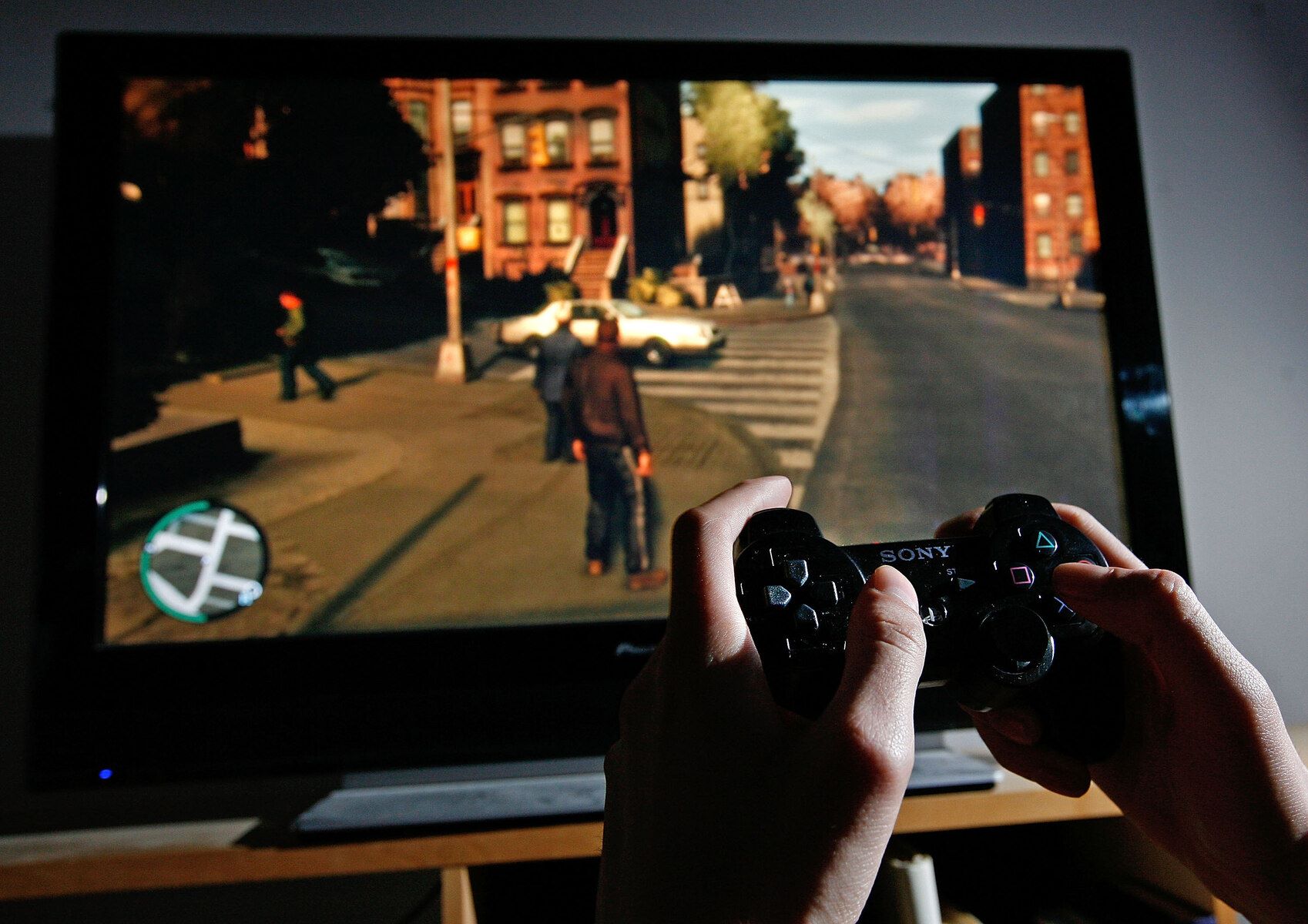Introduction
Welcome to the world of gaming, where precision and responsiveness are paramount. Whether you’re a casual gamer or a dedicated enthusiast, having a reliable game controller is essential for an immersive gaming experience. However, over time, controllers can experience wear and tear, leading to issues with functionality. In this guide, we’ll walk you through the essential steps to effectively test a game controller, ensuring that it’s in optimal condition for your gaming adventures.
A game controller is a vital tool that connects players to the virtual worlds they explore. From navigating intricate landscapes to executing precise maneuvers, the controller serves as the bridge between the player and the game. Given its significance, it’s crucial to regularly assess and maintain the controller to guarantee seamless gameplay and prevent frustration caused by malfunctioning equipment.
By understanding the various components and functionalities of a game controller, you can identify potential issues and address them proactively. Through a combination of visual inspection, button testing, analog stick evaluation, trigger assessment, connection verification, and calibration testing, you can ensure that your controller is operating optimally. Whether you’re troubleshooting an existing problem or simply performing routine maintenance, this comprehensive approach will empower you to enjoy uninterrupted gaming sessions with confidence.
Join us as we delve into the intricacies of testing a game controller, equipping you with the knowledge and skills to maintain your gaming gear at its best. Let’s embark on this journey to elevate your gaming experience through the meticulous assessment of your game controller’s performance.
Visual Inspection
The initial step in testing a game controller involves a thorough visual inspection. Begin by examining the exterior of the controller for any visible damage, such as cracks, dents, or loose components. Check the cable or wireless connection for signs of fraying or exposed wires, as these issues can lead to connectivity problems during gameplay. Additionally, inspect the buttons, analog sticks, and triggers for any debris or residue that may impede their functionality.
Next, scrutinize the controller’s overall ergonomics and tactile feel. Ensure that the buttons and triggers exhibit a consistent level of responsiveness and that they return to their original position after being pressed or triggered. Assess the analog sticks for smooth movement and responsiveness, as any stiffness or erratic behavior may indicate internal issues.
As you conduct the visual inspection, pay attention to the controller’s LED indicators, if applicable, to verify that they illuminate as expected. These indicators often convey crucial information about the controller’s status, such as battery level or connectivity, and any irregularities in their behavior should be noted for further investigation.
By meticulously scrutinizing the physical attributes of the game controller, you can identify potential issues that may impact its performance. This visual assessment sets the foundation for a comprehensive evaluation, allowing you to proceed with confidence in the controller’s structural integrity and external functionality.
Button Testing
One of the fundamental aspects of testing a game controller involves assessing the functionality of its buttons. Begin by systematically pressing each button, taking note of their responsiveness and consistency. Each button should register inputs reliably, with a discernible click or tactile feedback upon activation. Pay close attention to the shoulder buttons, face buttons, and directional pad, ensuring that they all function as intended without any delays or inconsistencies.
To further evaluate the buttons, engage in rapid and sustained button presses to simulate intense gaming scenarios. This stress testing can reveal any potential issues with button responsiveness or sticking, providing valuable insights into the controller’s durability and performance under demanding conditions.
In addition to individual button testing, consider simultaneous button combinations to assess the controller’s ability to register complex inputs accurately. This step is particularly crucial for games that require intricate button combinations for special moves or actions. By verifying the controller’s capability to handle simultaneous inputs, you can ensure a seamless gaming experience without encountering input lag or missed commands.
Furthermore, verify the functionality of any auxiliary buttons or special features unique to the controller, such as programmable buttons or mode switches. These specialized inputs should exhibit consistent performance and responsiveness, aligning with their designated functions as specified by the manufacturer.
By meticulously testing the buttons and auxiliary inputs, you can ascertain the controller’s reliability in translating your commands into precise in-game actions. This thorough assessment lays the groundwork for a comprehensive evaluation of the controller’s operational integrity, setting the stage for a seamless and immersive gaming experience.
Analog Stick Testing
The analog sticks play a pivotal role in facilitating precise and nuanced movements within games, making their thorough evaluation an essential aspect of controller testing. Begin by assessing the range of motion and responsiveness of each analog stick. Ensure that the sticks move smoothly and responsively in all directions, without any noticeable resistance or dead zones that could hinder precise input.
Next, perform circular motions with each analog stick to confirm that they provide consistent and uniform feedback throughout their entire range of motion. Any irregularities, such as erratic movement or inconsistent resistance, should be noted for further investigation.
To evaluate the precision of the analog sticks, engage in subtle and deliberate movements to gauge their ability to translate nuanced inputs accurately. Whether navigating tight spaces or executing precise aiming in shooting games, the analog sticks must offer precise control without unintended drift or erratic behavior.
In addition to assessing the physical performance of the analog sticks, it’s crucial to verify their digital accuracy within games. Utilize in-game calibration or testing features, if available, to confirm that the analog sticks accurately reflect your inputs on-screen. This step is particularly important for games that demand high levels of precision and responsiveness, as any discrepancies between physical movements and in-game actions can significantly impact gameplay.
By meticulously testing the analog sticks, you can ensure that the controller provides the fluid and accurate input required for a diverse range of gaming experiences. This comprehensive assessment empowers you to identify and address any potential issues related to the analog sticks, enhancing your gaming performance and enjoyment.
Trigger Testing
The triggers on a game controller are integral for executing precise and variable inputs, particularly in genres such as racing, shooting, and sports games. When testing the triggers, focus on assessing their responsiveness, range of motion, and consistency in registering inputs. Begin by applying gradual pressure to each trigger, observing the smoothness of the input and ensuring that it corresponds accurately to the on-screen actions.
For analog triggers, such as those found on many modern controllers, evaluate their ability to convey variable input based on the degree of depression. Confirm that the triggers offer a seamless transition from partial to full activation, allowing for nuanced control over in-game actions such as acceleration, braking, or aiming.
In addition to individual trigger testing, consider scenarios that demand rapid and repeated trigger inputs, such as rapid fire in shooting games or quick acceleration adjustments in racing games. This stress testing can reveal any issues related to trigger responsiveness or consistency, providing valuable insights into the controller’s performance under demanding gameplay conditions.
Furthermore, verify that the triggers return to their default position promptly and consistently after being released. Any delays or irregularities in the reset mechanism should be noted, as they can impact the fluidity and precision of in-game actions that rely on repeated trigger inputs.
By meticulously testing the triggers, you can ensure that the controller delivers the precise and reliable input required for a diverse range of gaming experiences. This comprehensive evaluation empowers you to identify and address any potential issues related to the triggers, enhancing your gaming performance and enjoyment.
Connection Testing
Ensuring a stable and reliable connection is crucial for seamless gaming experiences, especially in the context of wireless controllers. When conducting connection testing, the primary goal is to verify the integrity and consistency of the controller’s communication with the gaming platform or device. For wireless controllers, begin by assessing the strength and stability of the wireless signal, particularly in environments with potential sources of interference.
Inspect the controller’s connectivity indicators, if available, to gauge the strength of the wireless connection and identify any irregularities in signal transmission. Additionally, verify that the controller pairs with the gaming platform promptly and remains connected without unexpected disconnections or signal dropouts during gameplay.
For wired controllers, examine the physical connection points, including the cable and port, to ensure a secure and stable linkage. Look for signs of wear or damage on the cable, and confirm that it securely interfaces with the gaming platform without any intermittent connectivity issues.
In addition to assessing the initial connection, engage in gameplay scenarios that demand consistent and rapid inputs to evaluate the controller’s ability to sustain reliable communication with the gaming platform. This stress testing can uncover potential connectivity issues that may manifest during intense gaming sessions, allowing for preemptive troubleshooting and resolution.
Furthermore, in the case of wireless controllers, verify the battery life and charging functionality to ensure uninterrupted gameplay. Assess the controller’s ability to maintain a consistent charge and confirm that the battery level indicators accurately reflect the remaining power, preventing unexpected interruptions due to low battery levels.
By meticulously testing the controller’s connection, whether wireless or wired, you can mitigate potential disruptions and ensure a seamless gaming experience. This comprehensive evaluation empowers you to identify and address any connectivity issues, enhancing the reliability and stability of the controller’s interaction with the gaming platform.
Calibration Testing
Calibration testing is a critical phase in the assessment of a game controller, as it ensures that the controller’s inputs align accurately with the on-screen actions within games. Begin by accessing the calibration settings within the gaming platform or specific games that offer calibration features. These settings enable you to fine-tune the controller’s sensitivity, dead zones, and input thresholds to achieve optimal responsiveness and precision.
Initiate the calibration process by following the on-screen instructions to adjust the controller’s sensitivity and dead zones for the analog sticks and triggers. This step is essential for eliminating input lag, enhancing accuracy, and customizing the controller’s response to suit individual preferences and gameplay requirements.
For controllers equipped with motion or gyroscopic sensors, such as those found in certain modern controllers, engage in motion calibration to ensure that the controller accurately interprets physical movements into in-game actions. Verify that the motion controls align seamlessly with your gestures and movements, providing an immersive and intuitive gaming experience.
Once the initial calibration adjustments are made, engage in gameplay scenarios that demand precise and nuanced inputs to evaluate the effectiveness of the calibration settings. Whether navigating tight spaces, executing complex maneuvers, or aiming with precision, the calibration testing process allows you to fine-tune the controller’s performance to suit various gaming genres and play styles.
In addition to in-game calibration, consider utilizing third-party calibration tools or software that offer advanced customization options for the controller’s inputs. These tools can provide additional fine-tuning capabilities, allowing for a tailored and optimized gaming experience based on individual preferences and requirements.
By meticulously testing the calibration settings and fine-tuning the controller’s responsiveness, you can optimize the controller’s performance to deliver precise and tailored inputs for a diverse range of gaming experiences. This comprehensive evaluation empowers you to customize the controller to align with your gaming preferences, maximizing your enjoyment and proficiency in various games.







